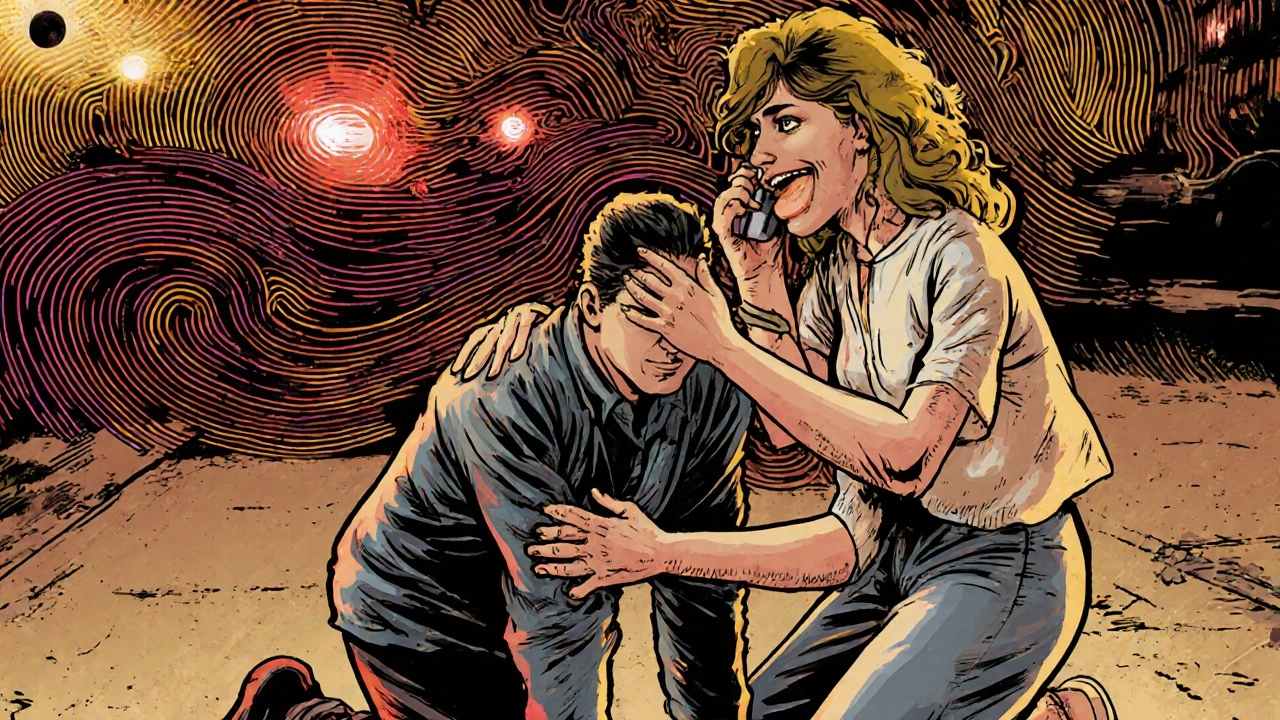How to Respond to a Suspected Overdose While Waiting for Help
Learn the life-saving steps to take when someone is overdosing-how to check breathing, give rescue breaths, use naloxone, and position them safely while waiting for emergency help.
When someone overdoses on opioids, every minute counts. naloxone, a medication that rapidly reverses opioid overdose by blocking opioid receptors in the brain. Also known as Narcan, it’s not a cure for addiction—but it’s the best tool we have to bring someone back from the edge of death. Unlike other drugs, naloxone doesn’t get you high. It doesn’t treat pain. It doesn’t change how you feel. It simply resets your breathing when opioids have shut it down.
It’s used by paramedics, ER doctors, and increasingly, by everyday people—parents, teachers, friends, and neighbors. In 2023, over 400,000 naloxone kits were distributed by public health programs in the U.S. alone. That’s not just statistics. That’s people going home because someone had the right drug in their bag. Naloxone works on fentanyl, heroin, oxycodone, morphine, and even prescription painkillers. It doesn’t matter which opioid caused the overdose—naloxone blocks them all.
It’s not perfect. Sometimes one dose isn’t enough, especially with powerful synthetics like fentanyl. That’s why it’s critical to call 911 even after giving naloxone. The effects wear off faster than some opioids, and the person can slip back into overdose. But it’s the only thing that works fast enough to make a difference before brain damage or death occurs. And unlike many medical tools, you don’t need a prescription in most places. You can walk into a pharmacy, ask for it, and walk out with it.
People living with opioid use disorder, their families, and those who work with high-risk populations all need to understand how naloxone fits into real-life emergencies. It’s not about judgment—it’s about survival. The posts below cover how naloxone is used in clinics, how it’s carried in community programs, what to do after administering it, and how it connects to broader issues like harm reduction, mental health, and access to treatment. You’ll find practical advice from people who’ve been there, and clear explanations from medical professionals who’ve seen the results firsthand.

Learn the life-saving steps to take when someone is overdosing-how to check breathing, give rescue breaths, use naloxone, and position them safely while waiting for emergency help.